10 Chip Predictions For 2009
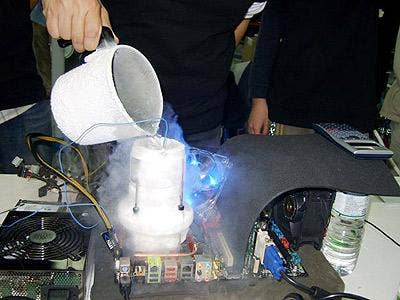
1. Get ready for the return of the Clockspeed Wars
When Intel unveiled its new 45nm, quad-core Core i7 desktop chips in mid-November, it looked like Chipzilla was all set to rule the high-end of processing power for another year. And there's no doubt about the raw power of the top Core i7 part, a 3.2-GHz Extreme Edition CPU that has our Test Center reviewers drooling.
But whispers coming out of the rival Advanced Micro Devices camp about the overclocking headroom in its upcoming 45nm, quad-core Phenom II chips has us wondering if AMD finally has a product to rival Intel's -- and boy, it would be about time. The first Phenom II parts -- the top one, listed at 3.0 GHz off the shelf, is said to hit 4 GHz on air cooling and a whopping 6.3 GHz on liquid nitrogen -- are due out in conjunction with AMD's "Dragon" motherboard-CPU-graphics platform in January and February, according to sources.
Bank on it: Intel will keep its performance crown in 2009 with Core i7, but AMD will make its first serious run at its bigger rival in years with Phenom II -- and if you like the smaller vendor's speeds, you'll love their prices even more.

2. AMD will deliver more "make" and less "break" in 2009
Yes, it's still make-or-break for a company that hasn't turned a profit in two years, especially in this economic climate, but there are several reasons we feel the Sunnyvale, Calif.-based chip maker is poised to turn the corner and make a comeback. AMD has successfully transitioned to the 45-nanometer process and reached maturity with its quad-core architecture, getting its latest Opteron server chips to market a quarter ahead of schedule and wowing reviewers with its upcoming Phenom II desktop parts.
Meanwhile, the financially dubious acquisition of ATI Technologies finally started paying off around mid-year when AMD knocked Nvidia for a loop with its ATI Radeon 4870 X2 graphics cards. But the boldest move AMD made in 2008 was spinning off its manufacturing properties to form The Foundry Company with Abu Dhabi investors, who also pumped some liquidity into the cash-strapped company.
Bank on it: The marriage of better products with oil money will enable AMD to weather the economic storm for another year and get back in the black for 2009.
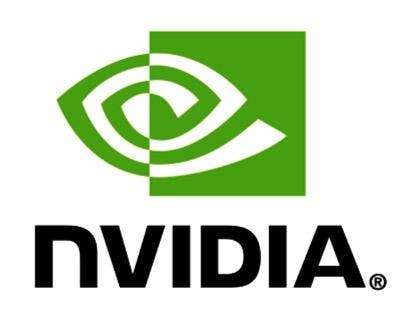
3. Nvidia will face its biggest hurdles as a company to date
Jen-Hsun Huang is one of Silicon Valley's hottest properties, a hands-on, in-your-face CEO of a relentlessly successful company in the mold of Apple's Steve Jobs and Oracle's Larry Ellison. But Jen-Hsun's and Nvidia's star shined a little less brightly in 2008, a year that saw the Santa Clara, Calif.-based graphics chip maker suffer its first losing quarter in five years, lose market share and its high-end discrete graphics performance crown to AMD's ATI graphics division, downgrade its guidance for the current quarter, and mismanage a product recall over faulty packaging on some mobile GPU chipsets.
Victories in 2008 for the company that has done more than any other to develop visual and general-purpose graphics (GP-GPU) computing included the debut of the Nvidia-backed NVISION event, the debunking of rumors that the company was quitting the chipset business when Nvidia won a spot in the latest Apple MacBooks, and the continued growth of its CUDA-based GP-GPU ecosystem.
Bank on it: The combo of Jen-Hsun's leadership, Nvidia's healthy cash reserves and the growth of CUDA will put this year's rocky performance in the rearview mirror.
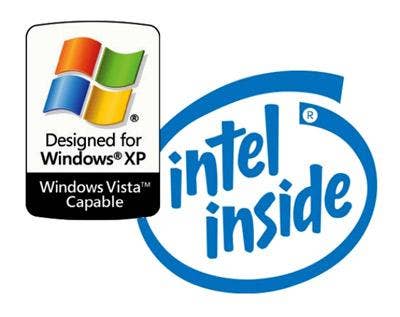
4. Intel will be vindicated in the "Vista Capable" lawsuit
Well, perhaps "vindicated" is too strong a word, because Intel's supposed culpability in Microsoft's Windows Vista marketing debacle is taken as gospel by many in the press. Intel takes a beating every time new evidence emerges from the ongoing class-action lawsuit against Microsoft for its Vista Capable logo campaign ahead of the release of the Windows Vista operating system in January 2007.
The conventional but wrong take is that Intel "bullied" Microsoft to drop the Windows Display Driver Model (WDDM) support requirement on PCs included in the Vista Capable campaign starting in April 2006, so that Intel could unload its back inventory of WDDM-deficient 915 chipsets that wouldn't be able to run the heavily promoted Aero Glass graphic interface on Vista. In fact, all of the evidence we've seen so far suggests that while Intel did beg Microsoft to push back the start of the campaign to a date the chip giant could better handle, the idea of ditching WDDM support originated with Microsoft's marketing team -- and actually came as unexpected, if welcome, news to Intel just hours before the change was announced in late January 2006.
Bank on it: The Vista Capable trial set for April won't produce any new evidence that Intel specifically leaned on Microsoft to lower the hardware requirements for Vista Capable PCs, but the media will mostly ignore that fact.
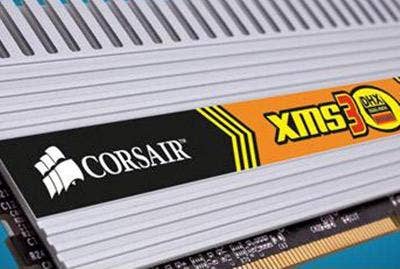
5. The most consequential battle in the Intel-AMD war will be over memory
The gigahertz race will get the mainstream headlines. But with Intel and AMD rolling out chips that are very similar in terms of microarchitecture and process technology, the fight in the trenches over divergent memory allocation systems in the rivals' current platforms will really be the one worth watching. Intel makes the leap to triple-channel DDR3 with its new "Nehalem" chips while AMD is sticking to DDR2 through 2010. It's a bold move for Intel, the benefits of which include better power consumption and jacked-up I/O data transfer rates.
But the memory monsters Intel is creating also come at a price, especially in the server market -- specifically, up-front hardware costs and new programming demands that already have some OEMs, system integrators and developers in a tizzy. Intel's rather tall order is to coddle along a new ecosystem of hardware manufacturers to build affordable, readily available components and software developers to take up the task of writing to a new memory framework, even as AMD hovers in the background with its own socket-compatible, cheap migration message.
Bank on it: It won't be entirely smooth sailing, but Intel will throw its considerable weight at building up a viable DDR3 ecosystem faster than the skeptics think.
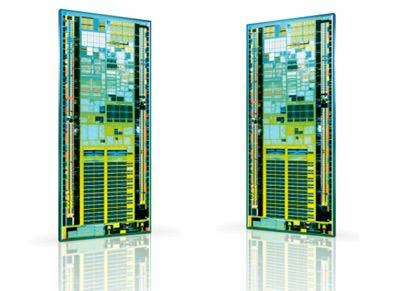
6. Atom's real future is in anything but netbooks
Intel built its low-power Atom processors for a variety of form factors, including mobile Internet devices (MIDs), ultra-mobile personal computers (UMPCs) and even smart phones. But in the months following Atom's spring launch, Intel started really pushing Atom as the chip for a new category of low-cost laptops it called "netbooks." The success of the Asus EeePC and Intel's ongoing battle with the One Laptop Per Child project fueled the hype for netbooks and Intel's own OLPC challenger, the Classmate, even as the chip giant swore that the category was growing and that netbooks weren't cutting into notebook sales.
But then we started hearing about the backlash against this "can't-miss" form factor, including the netbook's dirty little secret as relayed to us by one highly placed source at a top OEM -- that the channel wasn't buying the netbook story and that North American retailers were seeing as many as 35 percent of all netbooks sold returned by dissatisfied customers. That's why we're predicting a somewhat different path for Atom than the netbook-palooza Intel promised us all summer. Why? Because U.S. and European consumers are finding they can't do without the performance level of full-blown PCs, and even in the developing world, netbook-type solutions for education are about to get hammered by even cheaper virtual desktop computing.
Bank on it: In the months to come, the bulk of commercially successful Atom-based builds will be handheld devices like Panasonic's Toughbooks. Down the line, Atom will find its way into more purpose-built home appliances, including a possible push into the next generation of gaming consoles by Sony, Nintendo and Microsoft.
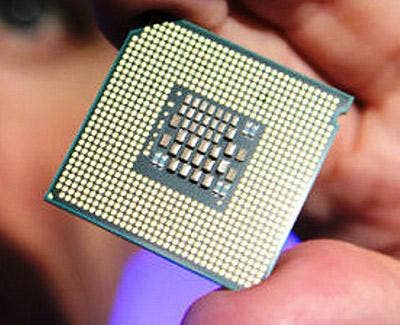
7. Intel will pull out all the stops in launching its 32nm process
It's not that Intel's recent product launch events have been dull, it's just that they've lacked a certain amount of pizzazz. With AMD on the ropes, Chipzilla just didn't have any real reason to throw huge parties for Penryn, Atom or Nehalem. We think that's going to change for Westmere, the code name for Intel's 32nm chips scheduled to debut near the end of 2009, and also for the long-awaited discrete graphics processor code-named Larrabee.
The fact is, Intel raced ahead of AMD to quad-core and 45nm, but now the smaller chip maker is rapidly closing the gap on those technologies. It's Intel that finds itself with a native multicore microarchitecture that AMD was the first to introduce, and AMD could have a three-month jump on Intel with its new Shanghai-class Opterons for two-socket servers and as much as a nine-month advantage in the four- and eight-socket category. All of which means that there's a good chance that Intel will be feeling more pressure than it has in years by the time Westmere's launch date rolls around. Expect the chip giant to flex its marketing muscles in a big way for the next "tick" in its relentless "tick-tock" strategy.
Bank on it: If you thought life began at 45nm, wait until you see Intel roll out the red carpet for Westmere.
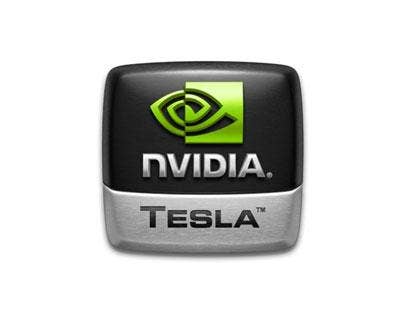
8. Expect more Top 500 supercomputers to get graphics
AMD's Shanghai chips could make the biggest dent in the next Top 500 Supercomputer list out in June because the new 45nm Opterons are ready to drop into the Barcelona-based clusters already on the November list.
But the really big news is Nvidia's debut on a list wholly owned by CPU power for as long as it's been collated. Tokyo Tech became the first supercomputing center to achieve a Top 500 ranking with an Nvidia Tesla-based GPU cluster, adding 170 Tesla S1070 1U systems to help power its TSUBAME supercomputer to 170 TFLOPS of theoretical peak performance and 77.48 TFLOPS of measured Linpack performance -- and the No. 29 spot on the November list.
Bank on it: More supercomputing centers will add GPU elements to their Top 500 contenders in 2009, in addition to ramping up the mixing-and-matching of game-oriented hardware with the x86 architecture that dominates the list.
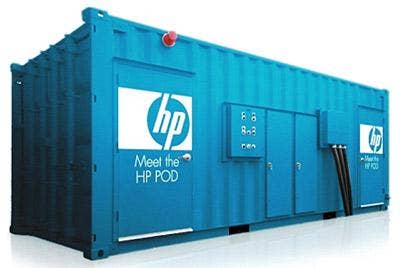
9. "Exotic" IT solutions will make big gains in a market starving for value
"Why fix what ain't broke?" goes the logic in good economic times. But in a climate like the current one, what used to look like a risky investment to a company can start to look like a lifeline. For IT solution providers, it's a great time to offer cutting-edge technologies and processes that promise big-time OPEX savings for relatively minor CAPEX investments.
That means the latest energy-efficient hardware from Intel and AMD, sure, but it also means innovative solutions built around those products. Think about getting into things like virtualized desktops, containerized data centers and GPU workstations -- because if you don't, your competitor down the street definitely will be.
Bank on it: Companies that offer novel IT solutions with dramatic value differential from competitors' traditional solutions are going to have loads of desperate customers knocking on their doors.

10. It's going to get worse before it gets better
We saved this one for last, because who wants to open a list of predictions with a real downer? But let's face it, this miserable economy is going to tank even more before the sun comes out again. And the evidence that the IT industry is along for the downhill ride is unmistakable -- when intertwined companies like Intel, Microsoft and Cisco are all sending major signals that even rougher times lay ahead, you better believe it's going to affect us all.
Just imagine what will happen to the embedded chip makers if one or more of the Big Three automakers goes belly-up. The only really good news is that this can't last forever -- and companies that are smart, patient and a little bit lucky can position themselves for big runs when the recession ends.
Bank on it: Companies with the cash and intelligence to pursue R&D agendas during the downturn will survive and thrive; everybody else better hope the government cheese tastes better this time around than it did in 1929.